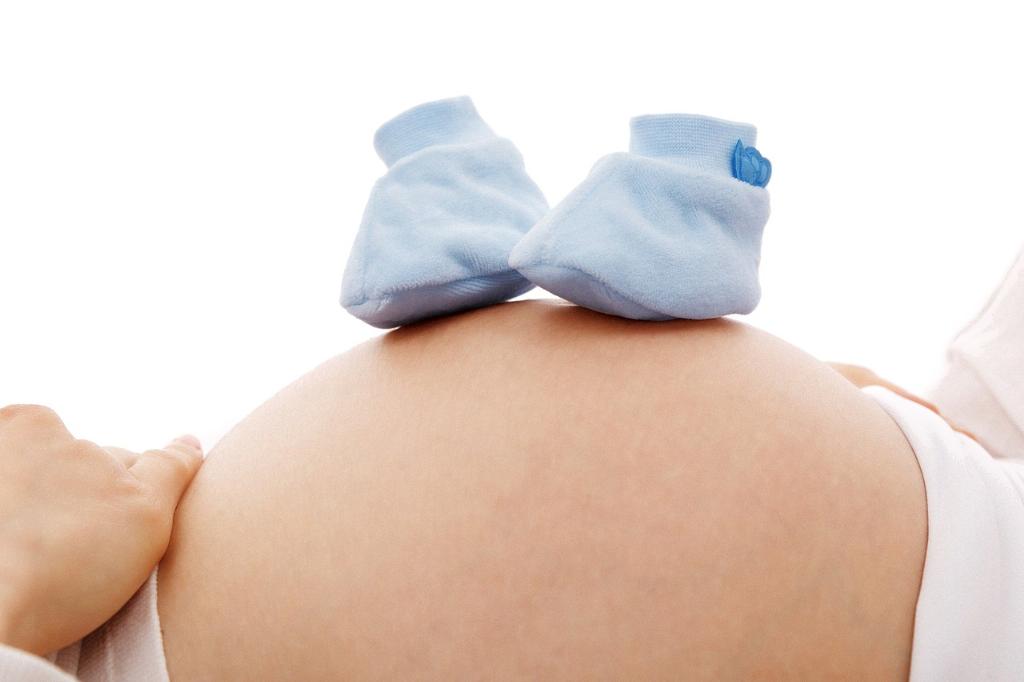Postpartum yeast infections can be a common concern for new mothers, bringing along a set of symptoms that can vary in severity. One of the most noticeable signs is intense itching in the vaginal area, causing discomfort and irritation. This itching is often accompanied by a burning sensation, which can make daily activities challenging for those experiencing it.
Characteristics of Discharge
The discharge associated with a postpartum yeast infection typically has distinct characteristics. It may appear thick and white, resembling cottage cheese in texture. Additionally, this discharge can emit a smell similar to yeast or bread, although in most cases, it is odorless. Some individuals may also notice a watery vaginal discharge alongside the thicker white discharge.
Possible Discomfort and Soreness
Aside from itching and burning, individuals with a postpartum yeast infection may also experience soreness in the vagina and vulva. This soreness can add to the overall discomfort and make everyday tasks such as sitting or walking more challenging. The combination of symptoms can significantly impact a new mother’s quality of life.
Inflammation and Redness
Another visible indication of a postpartum yeast infection is inflammation and redness in the affected area. The skin around the vagina and vulva may appear more red than usual, indicating an immune response to the fungal infection. This inflammation can further contribute to feelings of soreness and discomfort.
Possible Discomfort and Soreness
It is essential to note that the symptoms of a postpartum yeast infection can vary from person to person. While some individuals may experience all of the aforementioned signs, others may only have a few of them. Additionally, the severity of symptoms can fluctuate, with some cases being more mild and manageable, while others may cause significant discomfort.
Factors Contributing to Infection
Several factors can contribute to the development of a postpartum yeast infection. Hormonal changes postpartum can create an environment conducive to yeast overgrowth, leading to infection. Additionally, the use of certain medications, such as antibiotics, can disrupt the natural balance of vaginal flora, increasing the risk of fungal infections.
Preventive Measures
To reduce the likelihood of developing a postpartum yeast infection, it is crucial to practice good hygiene habits. Keeping the vaginal area clean and dry can help prevent the overgrowth of yeast. Wearing breathable cotton underwear and avoiding tight-fitting clothing can also aid in maintaining proper vaginal health postpartum.
Importance of Seeking Medical Advice
While home remedies and over-the-counter treatments are available for yeast infections, it is essential to consult a healthcare provider for proper diagnosis and treatment. A healthcare professional can accurately assess the situation and recommend the most effective course of action based on individual circumstances.
Treatment Options
Treatment for postpartum yeast infections typically involves antifungal medications, such as topical creams or oral tablets. These medications work to eliminate the yeast overgrowth and alleviate symptoms. It is crucial to complete the full course of treatment as prescribed by a healthcare provider to ensure the infection is fully eradicated.
Monitoring Symptoms
After beginning treatment for a postpartum yeast infection, it is essential to monitor symptoms closely. If any new or worsening symptoms develop or if the infection does not improve with treatment, it is important to notify a healthcare provider promptly. Regular follow-up appointments may be necessary to ensure the infection is properly managed.
Emotional Well-being
Coping with a postpartum yeast infection can impact an individual’s emotional well-being, especially during the already challenging postpartum period. It is essential to seek support from loved ones, healthcare providers, or mental health professionals if feelings of stress, anxiety, or frustration arise. Open communication about symptoms and concerns is key to managing the infection effectively.
Conclusion
In conclusion, a postpartum yeast infection can manifest through various symptoms, including itching, burning, thick white discharge, soreness, inflammation, and redness. It is essential to be mindful of these signs and seek medical advice for proper diagnosis and treatment. By practicing good hygiene habits, following treatment recommendations, and monitoring symptoms closely, individuals can effectively manage postpartum yeast infections and prioritize their health and well-being.

